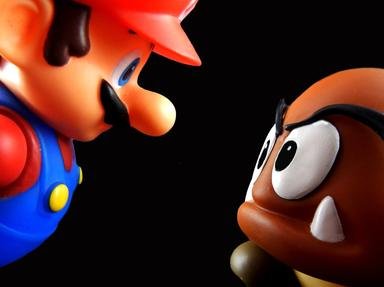
Nintendo Consoles Trivia Quiz
See if you can place these Nintendo game consoles in the order of release from earliest to latest. Dates of release are for the Japanese market.
An ordering quiz
by bernie73.
Estimated time: 3 mins.

| What's the Correct Order? | Choices |
| 1. (June 01, 1977) | Famicom (Family Computer) |
| 2. (April 28, 1980) | Wii |
| 3. (July 15, 1983) | Color-TV Game |
| 4. (April 21, 1989) | GameCube |
| 5. (November 21, 1990) | Nintendo 64 |
| 6. (July 23, 1996) | Game Boy |
| 7. (March 21, 2001) | Game Boy Advance |
| 8. (September 14, 2001) | Game & Watch |
| 9. (November 21, 2004) | Nintendo DS |
| 10. (November 19, 2006) | Super Nintendo Entertainment System |